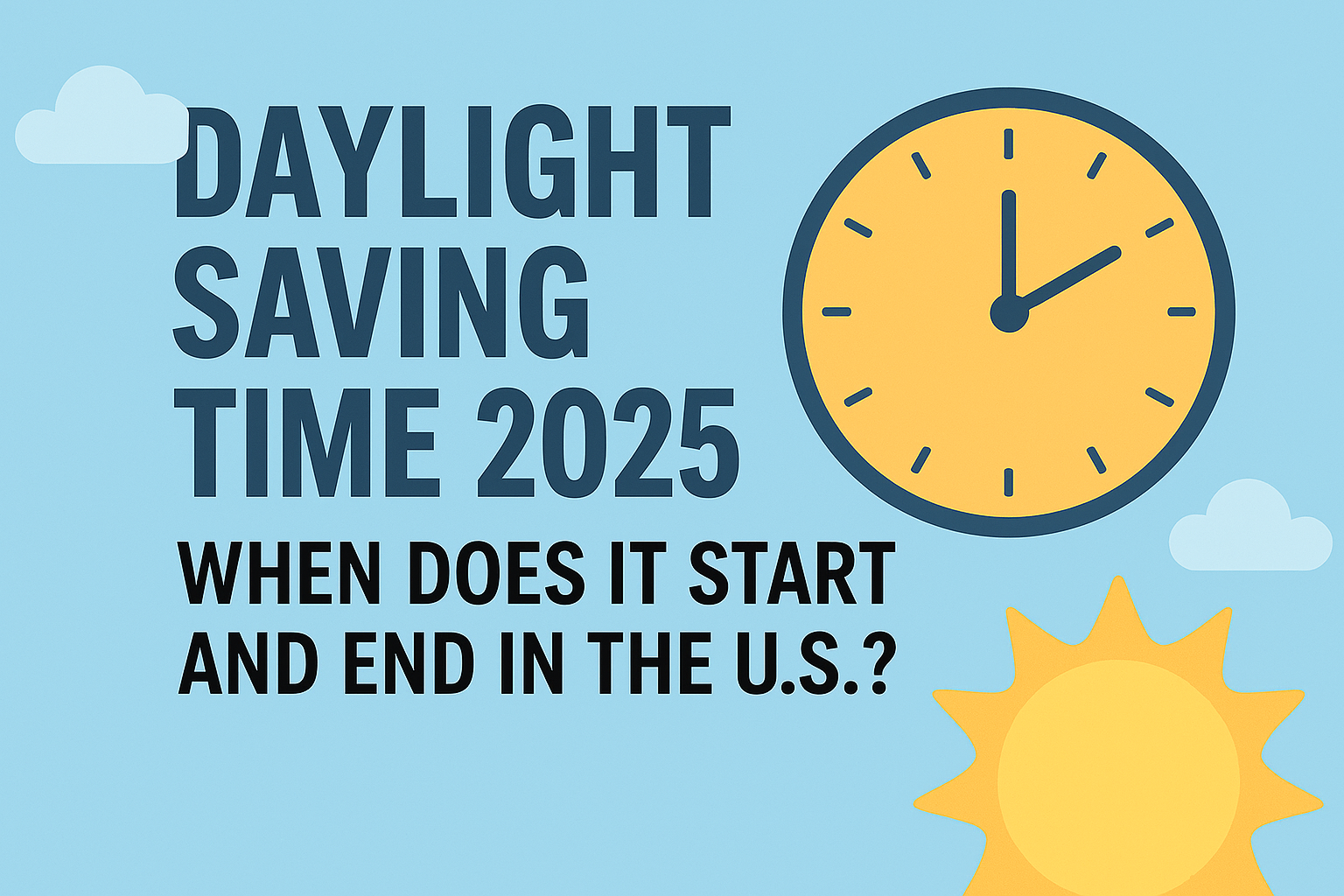How Reclaim Wellness Carmel Empowers You to Take Back Your HealthWellnessHow Reclaim Wellness Carmel Empowers You to Take Back Your Health
In today’s fast-paced world, most people focus on treating symptoms instead of addressing the real cause of their health challenges. But at Reclaim Wellness Carmel, the philosophy is different. This leading holistic wellness center in Carmel, Indiana helps individuals take back control of their health through a root-cause, integrative approach that focuses on long-term healing, not temporary relief.
🌿 The Reclaim Wellness Philosophy: Heal from the Inside Out
At Reclaim Wellness Carmel, wellness isn’t just about the absence of illness — it’s about achieving balance in body, mind, and spirit. The center’s approach is based on functional medicine and holistic care, combining modern science with natural healing methods.
Rather than prescribing quick fixes, the expert team looks at the whole person — lifestyle, nutrition, mental health, and environment — to uncover what’s truly affecting your wellbeing. This personalized care model helps restore balance and empowers you to become an active participant in your healing journey.
💪 Key Services That Help You Reclaim Your Health
Reclaim Wellness Carmel offers a wide range of services designed to improve vitality, energy, and mental clarity. Each program is tailored to meet the specific needs of every individual.
1. Functional Medicine & Root-Cause Diagnosis
Through advanced lab testing and health assessments, the team identifies the underlying factors behind chronic fatigue, hormonal imbalance, gut issues, and inflammation. The goal is to correct these imbalances naturally and sustainably.
2. IV Therapy & Nutrient Optimization
For those dealing with nutrient deficiencies or low energy, IV therapy provides a direct boost of vitamins, minerals, and hydration. This therapy supports immunity, enhances metabolism, and promotes recovery from stress or illness.
3. Weight Management & Metabolic Health
Instead of crash diets or fad solutions, Reclaim Wellness focuses on long-term metabolic balance. Customized nutrition guidance, body composition tracking, and lifestyle support help you lose weight while improving overall wellness.
4. Hormone Optimization & Anti-Aging Treatments
Hormonal imbalance is one of the most common yet overlooked issues affecting both men and women. The clinic provides bioidentical hormone replacement therapy and anti-aging programs to restore vitality, improve sleep, and enhance mood.
5. Mind-Body Therapies & Stress Management
Emotional health plays a crucial role in overall wellness. Mind-body therapies, meditation guidance, and stress-relief programs help patients reduce anxiety, improve mental clarity, and build emotional resilience.
🌸 Why Choose Reclaim Wellness Carmel
- Personalized care: Every treatment plan is tailored to your body and lifestyle.
- Integrative approach: Combines traditional medicine, nutrition, and holistic therapies.
- Root-cause focus: Addresses underlying issues, not just symptoms.
- Expert practitioners: A team of skilled professionals with years of experience in integrative health.
- Community-centered care: A welcoming, supportive environment where your health journey truly matters.
🌞 The Power to Reclaim Your Health Starts with You
Taking back control of your health is not about short-term results — it’s about sustainable change. Reclaim Wellness Carmel gives you the tools, guidance, and ongoing support to live a healthier, more balanced life.
If you’ve been struggling with fatigue, stress, or unexplained health issues, it’s time to stop managing symptoms and start reclaiming your vitality.
👉 Visit Reclaim Wellness Carmel today to begin your journey toward true healing and holistic wellness.










